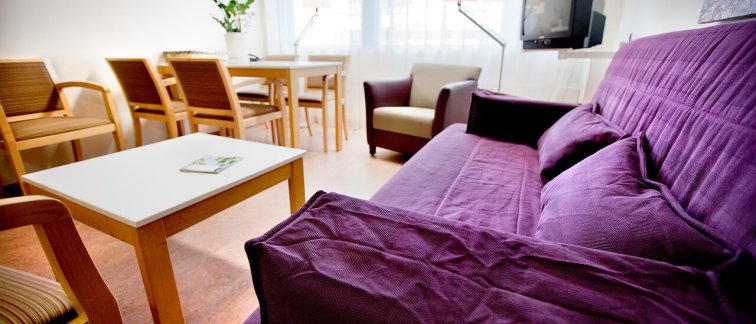The Dutch Human Milk Bank at the Amsterdam UMC location AMC collects donated breastmilk to give to babies born prematurely. This allows these vulnerable children to be supplied with breast milk when their own mother is unable to produce (enough) breast milk. This may be because the mother is ill, is taking medication that is harmful for her child, or when the milk production is difficult or not getting started.
What is your milk used for?
Your donated milk will be given to premature babies who have been admitted to one of the intensive care or high care departments for newborns in the Netherlands.
The baby receives donor milk because the baby is in a hospital where donor milk is available on the department. Donor milk will be given as a supplement to own breast milk or as an alternative to formula feeding when there is no own breast milk.
It is known that breast milk optimally supports growth and development of babies, especially for premature babies in intensive care neonatology. For safety reasons, donor milk must be pasteurised to remove any bacteria and viruses. During this process, some of the good substances are lost, but research has shown that donor milk has more advantages than formula feeding.
Recipients of donor milk will never find out who the milk comes from; donation of donor milk is completely anonymous.
Becoming a milk donor
Given the vulnerability of the babies who receive the donor milk, your milk must meet strict requirements. When you register as a donor, your lifestyle, health and medication use will be discussed during a telephone screening. If no objections are found during this intake, you will be referred to Sanquin Blood Supply. There you will you will have to answer a number of questions during an examination. In addition, blood will be drawn to look for five diseases that can be transmitted by blood and breast milk. A re-examination takes place every three months at Sanquin Blood Supply, of course only if you wish to do so.
Pumps for the Dutch Breastmilk Bank
Since milk must be collected clean and hygienically, we have on the website of the Dutch Human Milk Bank instruction videos that show step by step how to pump in the easiest
way. The milk should be pumped and stored in special sterilized storage bottles that you
receive from the milk bank. We request you to freeze the milk immediately after pumping.
The breastmilk that you pump for the Human Milk Bank must be stored in a separate
freezer. The temperature of the freezer should be -18 degrees or colder. You will receive a
thermometer to check this (weekly).
In addition to the storage bottles, we will send you labels to be affixed to the bottles.
Transport of the milk
On the website you can see if you live in the area where your milk is collected by a courier.
If this is the case, the courier will come to collect your milk. If you do not live in the area
where the milk is collected, you can choose to bring the milk. The milk must still be
properly frozen upon to arrival. This can be done by using a cooler bag or cool box with
frozen cooling elements. You need to make an appointment with the Human Milk Bank so
that we can collect your milk in the hospital.
Practical information
Interested in milk donation? More information, such as how to register, our contact
details, frequently asked questions and videos can be found on our website: www.moedermelkbank.nl

